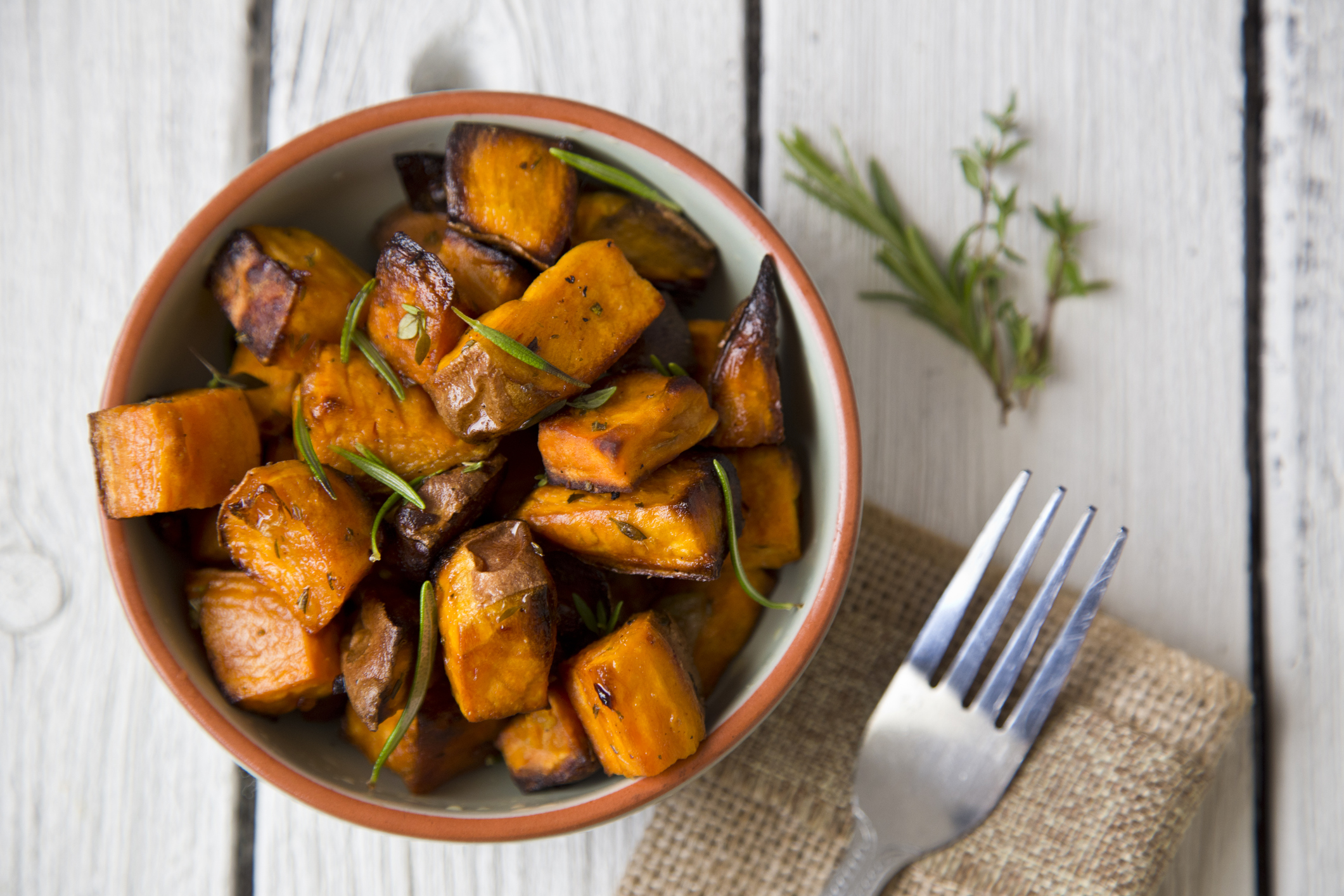
Thanksgiving offers chance to explore scientific and regulatory distinctions in popular holiday fare.
Thanksgiving dinner with one’s family can be a source of joy and celebration. Or it can devolve into tense interactions, especially if dinnertime conversation turns to politics.
But even when political differences can be avoided, family members might find other issues to argue about. Take the age-old debate about yams versus sweet potatoes. Are these just different names for the same food?
Often they are. Cans of “yams” found on grocery store shelves are actually sweet potatoes—as even a closer inspection of the labels on those cans will attest.
Like regular potatoes, yams and sweet potatoes are tubers or roots. But scientists distinguish yams from sweet potatoes in botanical terms. Yams belong the genus Dioscorea and are native to Asia and Africa, while sweet potatoes belong in the genus Ipomoea with flowering morning glory and derive originally from South America.
Interestingly, sweet potatoes are not really potatoes at all. The common white potato is actually a nightshade in the genus Solanum.
Just as scientists distinguish yams from sweet potatoes, and then sweet potatoes from white potatoes, so too do courts and regulators—at least usually.
Two federal courts have recognized the difference between sweet potatoes and white potatoes. Last year, in an antitrust lawsuit involving potato producers, a federal court declared that “sweet potatoes and yams are a separate product not included in the definition of either fresh or process potatoes.”
In 1999, another federal court, in a case involving the Idaho Potato Commission, noted that “the potato, commonly referred to as common potato, white potato or Irish potato, is botanically unrelated to the sweet potato or the yam, with which it is often confused.”
When it comes to different kinds of federal regulations, however, the distinctions between these foods only sometimes matter.
Despite their botanical differences, the U.S. Environmental Protection Agency places yams, sweet potatoes, and white potatoes all in the same group for purposes of that agency’s standards on pesticide residues.
Yet when it comes to state nutrition programs supported by federal funds, yams and sweet potatoes both count as vegetables, while white potatoes do not. In Puerto Rico and the Virgin Islands, yams and sweet potatoes—but not white potatoes—can be used to fulfill the grains requirement in school lunches.
The U.S. Food and Drug Administration applies to yams its standards for the safe growing and packing of produce—but it does not apply these standards to sweet potatoes or white potatoes.
The federal government allows yam plants to be imported from Japan without undergoing the normal treatment of imported plants.
The differences between yams, sweet potatoes, and white potatoes are real—both in science and in law. When shared as part of a Thanksgiving dinner, though, they may all belong in the same category: delicious.



